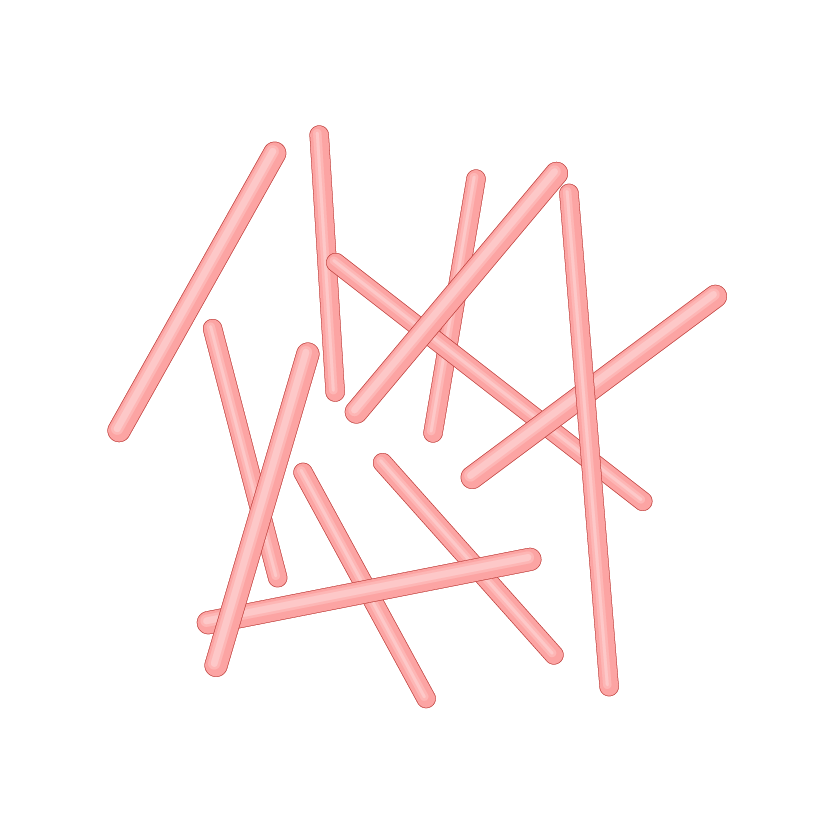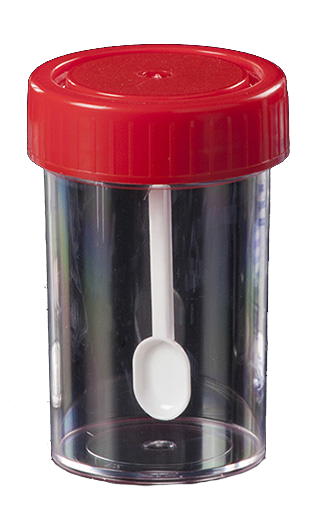

Clostridium perfringens toxinotype
Commandez l'examen
72,6
60,00 (hors 21% TVA)
uniquement par le vétérinaire
Description
Espèce cible et races
Cheval
Prélèvement
- Selles
Délai
1 jour
Catégorie
infections, PCR
Code
P3137
Analyses
1-1 Cl perfringens alpha toxine
1-2 Cl perfringens beta toxine
1-3 Cl perfringens epsilon toxine
1-4 Cl perfringens iota toxine
1-5 Cl perfringens entérotoxine
1-6 Cl perfringens netB
1-7 Cl perfringens netF
